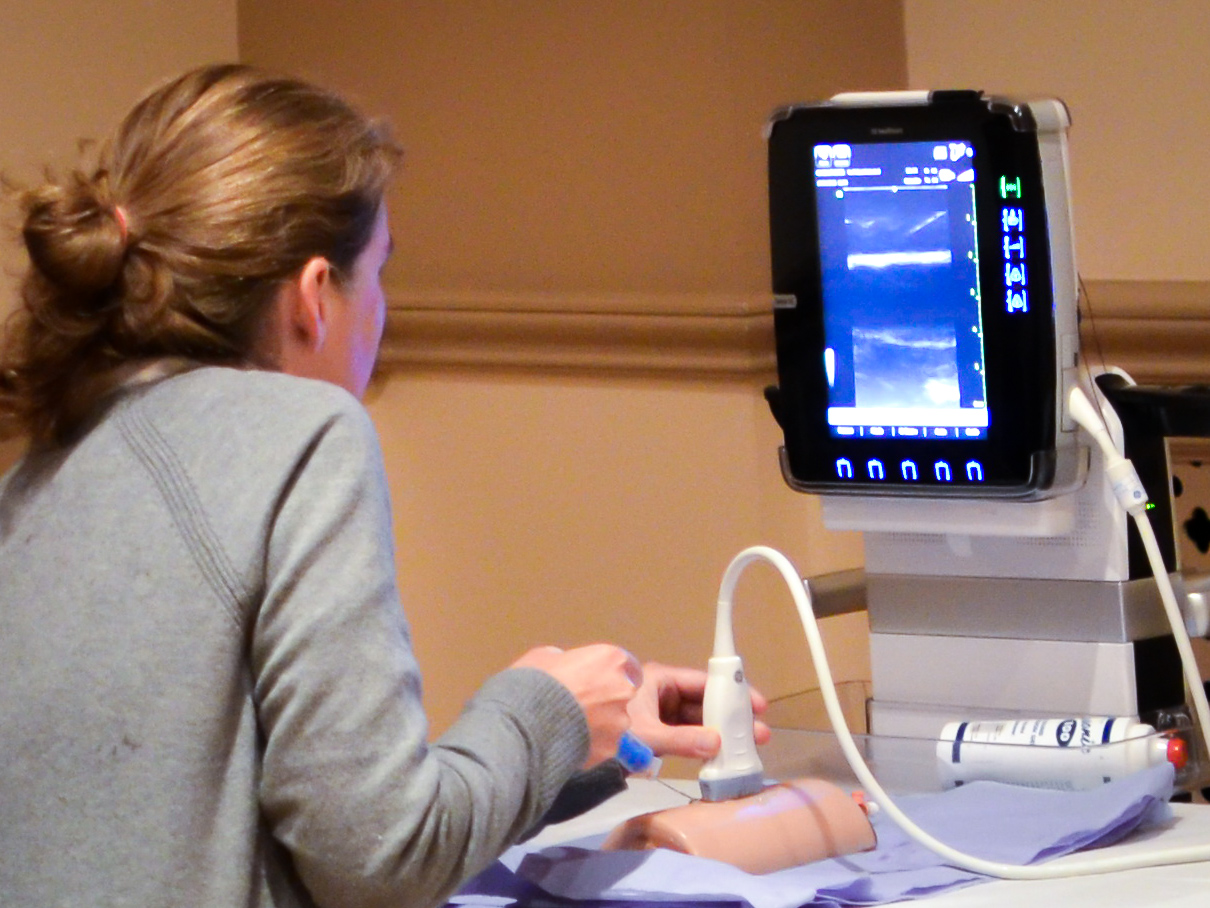Hearing loss can deeply impact every facet of life, from personal relationships to professional opportunities. In the pursuit of a solution, many have turned to cochlear implants, heralded for their ability to restore or provide a sense of sound to individuals with severe to profound hearing loss. However, when these advanced medical devices fail to perform as promised or lead to adverse effects, patients find themselves facing not only renewed auditory challenges but also potential legal battles. This brings us to the pivotal subject of the cochlear implant class action lawsuit, a legal avenue pursued by individuals seeking justice and compensation for their grievances.
Understanding the Basis of Legal Actions
The journey towards legal recourse begins with understanding what prompts a class action lawsuit in the context of cochlear implants. Typically, these legal actions arise from defects in design, manufacturing errors, or the failure of the manufacturer to adequately warn users of potential risks associated with the device. By banding together, affected individuals can amplify their voices and stand a better chance against large medical device companies.
Step 1: Research and Documentation
Embarking on this legal journey necessitates thorough research and meticulous documentation. Individuals need to gather all medical records, including those documenting the implant surgery, follow-up visits, and any treatments related to complications. Diaries detailing the impact on daily life can also bolster a case, offering a deeply personal view of the consequences faced.
Step 2: Seek Legal Expertise
Legal expertise is paramount. Prospective plaintiffs should seek attorneys specializing in medical device litigation, as they possess the nuanced understanding of the law required to navigate these complex cases. A seasoned lawyer will evaluate the merits of your case and guide you through the process of joining a class action lawsuit. For those looking to take the first step, a visit to a cochlear implant class action lawsuit can provide valuable insights and a path forward.
Step 3: Certification of the Class
For a lawsuit to proceed as a class action, the court must certify the class. This involves proving that the issues common to the class members predominate over individual differences and that a class action is the most efficient and fair way to resolve the controversy. It’s a critical step where the expertise of your legal team plays a crucial role.
Step 4: Participation in the Legal Process
Once the class is certified, members must actively participate in the legal process. This could involve providing testimony, responding to discovery requests, and staying informed about the progress of the case. Engagement is key, as the outcome of the lawsuit can significantly impact the participants.
Step 5: Resolution and Compensation
The culmination of a class action lawsuit can come through a trial verdict or settlement. While the legal process can be lengthy, a successful resolution may result in compensation for medical expenses, pain and suffering, and other damages. It’s a moment of closure and, for many, a step towards regaining control over their lives.
The Human Element
Behind every legal case are individuals with their unique stories and struggles. Take, for example, Jane (a pseudonym), who experienced sudden device failure two years post-implantation. The device, which had once opened a new world of sounds, left her in silence, affecting her job performance and personal relationships. Jane’s story, shared in forums and support groups, highlights the emotional and psychological toll behind the legal terminology.
The Path Forward
The decision to join a cochlear implant class action lawsuit is not made lightly. It’s a journey paved with challenges, requiring resilience and determination. However, for many, it’s also a path toward justice and acknowledgment of their struggles. In the face of adversity, collective action symbolizes a shared quest for accountability and change.
In conclusion, navigating the complexities of a class action lawsuit demands preparation, the right legal support, and active participation. By understanding the steps involved and the importance of each, individuals affected by cochlear implant issues can make informed decisions about their legal options. The journey towards justice is a testament to the strength of the human spirit, seeking not only personal compensation but also improvements in medical device safety for future generations.



